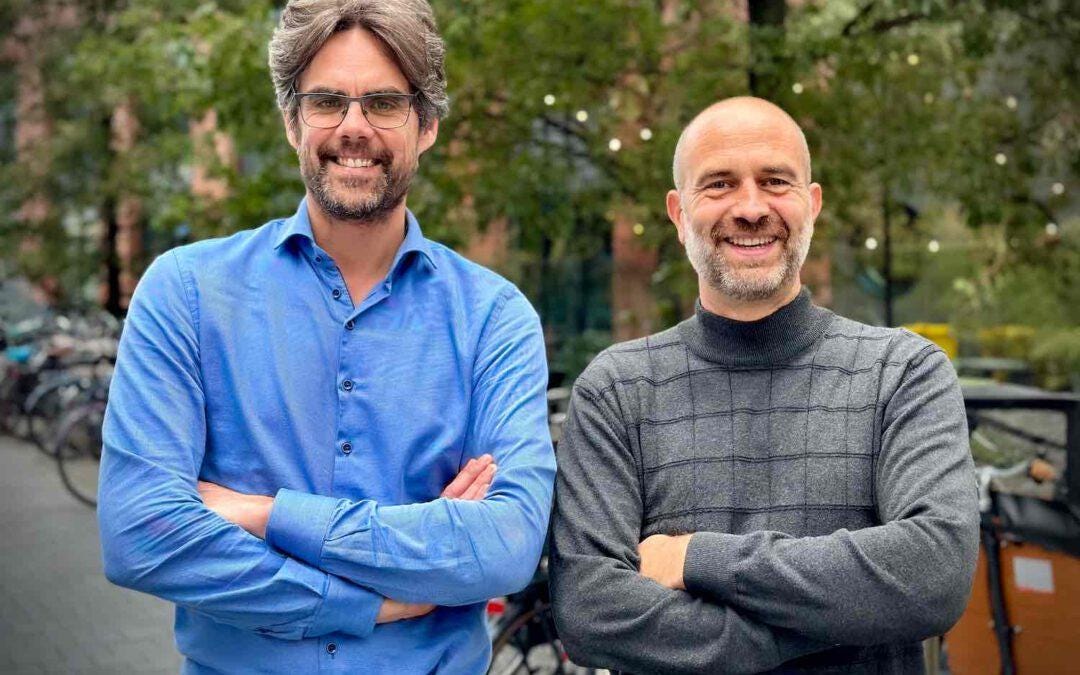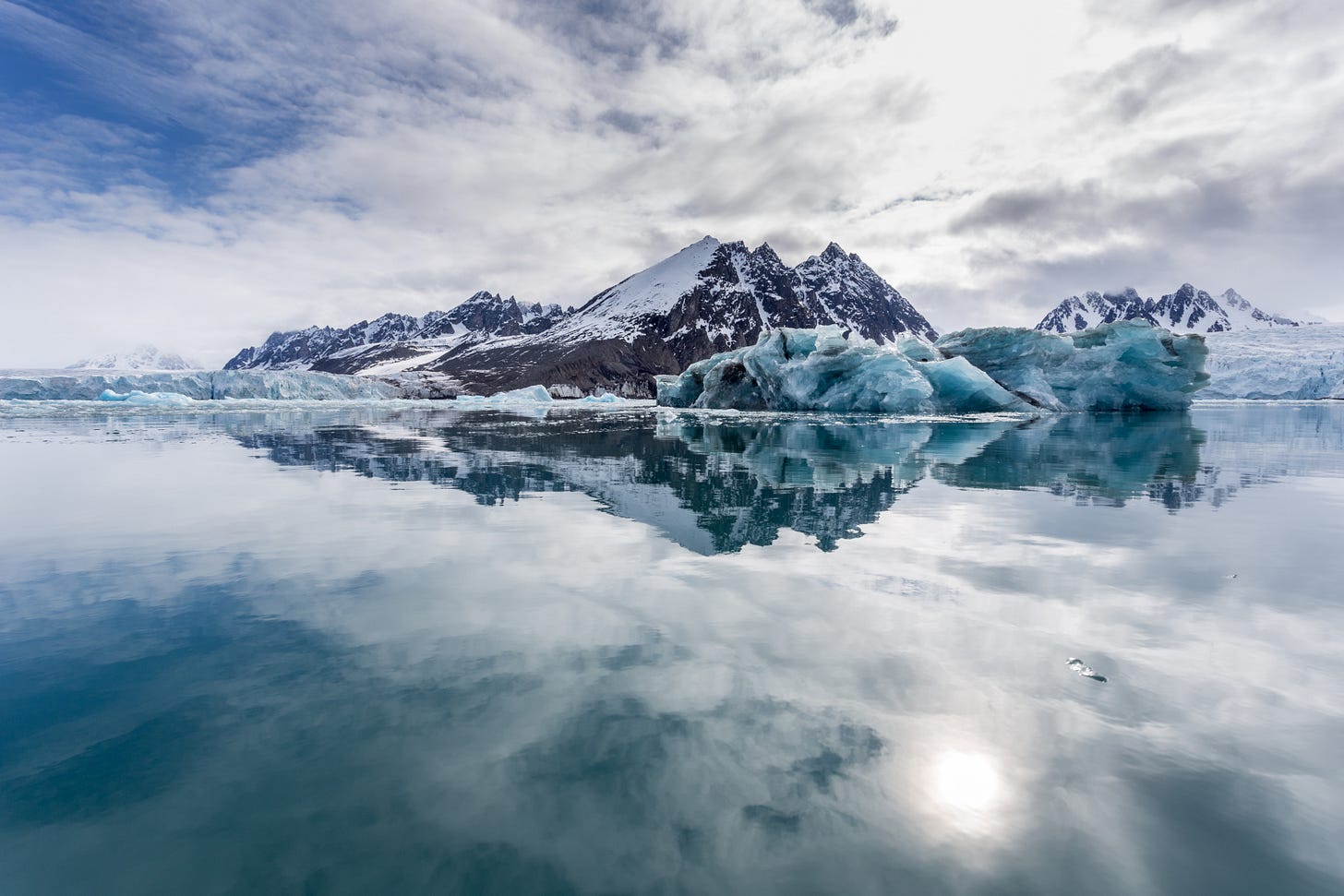🧊 Re-Icing the Arctic Sea?
Dutch innovators go for mission impossible.
The Arctic is in a state of crisis.
Sea ice, vital for regulating global temperatures and supporting unique ecosystems, is melting at an alarming rate.
The culprit?
The albedo effect.
While bright white ice reflects a staggering 90% of sunlight back into space, dark ocean water absorbs a similar amount of solar energy, fueling a dangerous feedback loop – the more ice melts, the faster the Arctic warms.
Enter a Dutch non-profit called Arctic Reflections with a bold, seemingly impossible mission: restore 100,000 square kilometers of Arctic sea ice.
Their strategy?
Pump seawater onto existing sea ice during winter, essentially supercharging the natural freezing process.
This thicker, denser "multi-year ice" is more resilient to summer melt, creating a buffer zone that could help reverse the decline.
A recent field test on Svalbard, a Norwegian archipelago within the Arctic Circle, offered promising results.
The team successfully demonstrated their ice-thickening technique, proving the concept has merit.
Three Reasons for hope:
➞ By promoting the growth of reflective multi-year ice, the project aims to restore the Arctic's natural ability to reflect sunlight and cool the planet.
➞ A healthier Arctic ice pack is crucial for the survival of polar bears, seals, walruses, and countless other species that depend on it for habitat and hunting grounds.
➞ Arctic Reflections prioritizes working alongside local communities. Indigenous peoples are actively involved in scouting potential locations for implementing this technology across a vast 100,000 square kilometer area.
This innovative approach offers a glimmer of hope for the Arctic.
However, scaling up the project and securing widespread adoption will require international collaboration.
Bringing governments, scientific institutions, and environmental organizations on board will be key to turning this "Mission (Im)Possible" into a reality.
The future of the Arctic hangs in the balance.
Supporting initiatives like this one and advocating for global action on climate change are crucial steps towards preserving this irreplaceable ecosystem.
Let's work together to ensure the Arctic remains a region of pristine ice, not open water.





